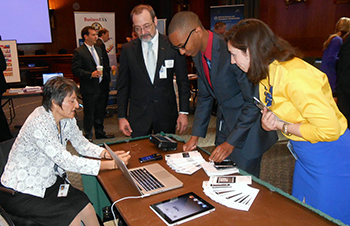Fingerprint readers have become an integral part of modern security systems, providing an efficient and secure method for identity verification. These devices, which use biometric technology to recognize and authenticate individuals based on their unique fingerprint patterns, offer a more secure alternative to traditional password or PIN-based systems.
The core functionality of a fingerprint reader involves capturing a digital image of a fingerprint and converting it into a unique digital pattern. When a user places their finger on the reader, the device scans the fingerprint and compares it against previously stored patterns to verify identity. This process, known as biometric authentication, is not only faster but also reduces the risk of unauthorized access, as fingerprints are difficult to replicate.
Fingerprint readers are widely used in various applications, from securing smartphones and laptops to controlling access to secure facilities. The technology is also being integrated into fingerprint reader safes and vaults, offering an additional layer of security for personal and business use. By eliminating the need for physical keys or memorized codes, fingerprint readers provide a convenient and reliable solution for safeguarding valuables.
One of the key advantages of fingerprint readers is their ability to provide strong security without sacrificing user convenience. Unlike passwords, which can be forgotten or stolen, fingerprints are unique to each individual, making them inherently more secure. Additionally, the speed and ease of use associated with fingerprint recognition make it an attractive option for both personal and professional environments.
However, like any technology, fingerprint readers have their limitations. Environmental factors such as dirt, moisture, or cuts on the finger can sometimes impede the accuracy of the scanning process. Despite these challenges, advancements in sensor technology and software algorithms continue to improve the reliability and accuracy of fingerprint readers.
As technology evolves, the integration of fingerprint readers into everyday devices and systems is expected to increase. This trend is driven by the growing demand for more secure and user-friendly authentication methods. As more businesses and individuals recognize the benefits of biometric security, fingerprint readers will likely become even more prevalent in the coming years.
For those interested in exploring the latest advancements in fingerprint reader technology, this online resource provides valuable insights and product information. With the growing emphasis on security and convenience, fingerprint readers are poised to play a significant role in shaping the future of biometric authentication.





